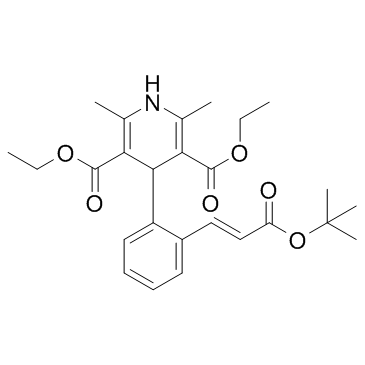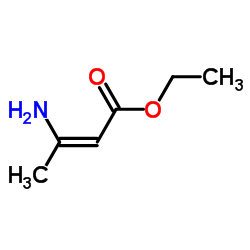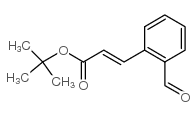103890-78-4
| Name | diethyl 2,6-dimethyl-4-[2-[(E)-3-[(2-methylpropan-2-yl)oxy]-3-oxoprop-1-enyl]phenyl]-1,4-dihydropyridine-3,5-dicarboxylate |
|---|---|
| Synonyms |
Caldine
Diethyl 2,6-dimethyl-4-(2-{(1E)-3-[(2-methyl-2-propanyl)oxy]-3-oxo-1-propen-1-yl}phenyl)-1,4-dihydro-3,5-pyridinedicarboxylate 4-[o-[(E)-2-Carboxyvinyl]phenyl]-1,4-dihydro-2,6-dimethyl-3,5-pyridinedicarboxylic Acid 4-tert-Butyl Diethyl Ester Diethyl 4-{2-[(1E)-3-tert-butoxy-3-oxoprop-1-en-1-yl]phenyl}-2,6-dimethyl-1,4-dihydropyridine-3,5-dicarboxylate Diethyl (E)-4-[2-[2-(tert-butoxycarbonyl)vinyl]phenyl]-2,6-dimethyl-1,4-dihydropyridine-3,5-dicarboxylate Lacipil (E)-4-[2-[3-(1,1-Dimethylethoxy)-3-oxo-1-propenyl]phenyl]-1,4-dihydro-2,6-dimethyl-3,5-pyridinedicarboxylic acid diethyl ester MFCD00865936 Lacirex 3,5-Pyridinedicarboxylic acid, 4-[2-[(1E)-3-(1,1-dimethylethoxy)-3-oxo-1-propen-1-yl]phenyl]-1,4-dihydro-2,6-dimethyl-, diethyl ester Lacidipine Motens |
| Description | Lacidipine (Lacipil, Motens) is a L-type calcium channel blocker. Target: Calcium ChannelLacidipine, a novel third-generation dihydropyridine calcium channel blocker, has been demonstrated effective for hypertension. lacidipine protects HKCs against apoptosis induced by ATP depletion and recovery by regulating the caspase-3 pathway [1]. In biological membranes deriving from rat brain tissue, lacidipine showed an activity comparable to reference antioxidant compounds like vitamin E [2]. lacidipine has some important protective effects on liver of hypertensive irradiated albino rats [3]. |
|---|---|
| Related Catalog | |
| References |
| Density | 1.1±0.1 g/cm3 |
|---|---|
| Boiling Point | 558.4±50.0 °C at 760 mmHg |
| Melting Point | 174-175°C |
| Molecular Formula | C26H33NO6 |
| Molecular Weight | 455.543 |
| Flash Point | 291.5±30.1 °C |
| Exact Mass | 455.230774 |
| PSA | 90.93000 |
| LogP | 5.49 |
| Vapour Pressure | 0.0±1.5 mmHg at 25°C |
| Index of Refraction | 1.540 |
| Storage condition | -20?C Freezer |
CHEMICAL IDENTIFICATION
HEALTH HAZARD DATAACUTE TOXICITY DATA
|
| Symbol |

GHS07 |
|---|---|
| Signal Word | Warning |
| Hazard Statements | H302 |
| Hazard Codes | C,Xi |
| Risk Phrases | R20/21/22 |
| Safety Phrases | S26-S36/37/39-S45 |
| RIDADR | UN 3265 8/PG 2 |
| WGK Germany | 3 |
| Packaging Group | III |
| Hazard Class | 8 |
| HS Code | 2933399090 |
|
~41% 
103890-78-4 |
| Literature: Sajja, Eswaraiah; Vetukuri, Venkata Naga Kali Vara Prasada Raju; Ningam, Srinivas Reddy; Vedantham, Ravindra Patent: US2007/43088 A1, 2007 ; Location in patent: Page/Page column 6 ; |
|
~% 
103890-78-4 |
| Literature: US4801599 A1, ; |
| Precursor 5 | |
|---|---|
| DownStream 0 | |
| HS Code | 2933399090 |
|---|---|
| Summary | 2933399090. other compounds containing an unfused pyridine ring (whether or not hydrogenated) in the structure. VAT:17.0%. Tax rebate rate:13.0%. . MFN tariff:6.5%. General tariff:20.0% |




